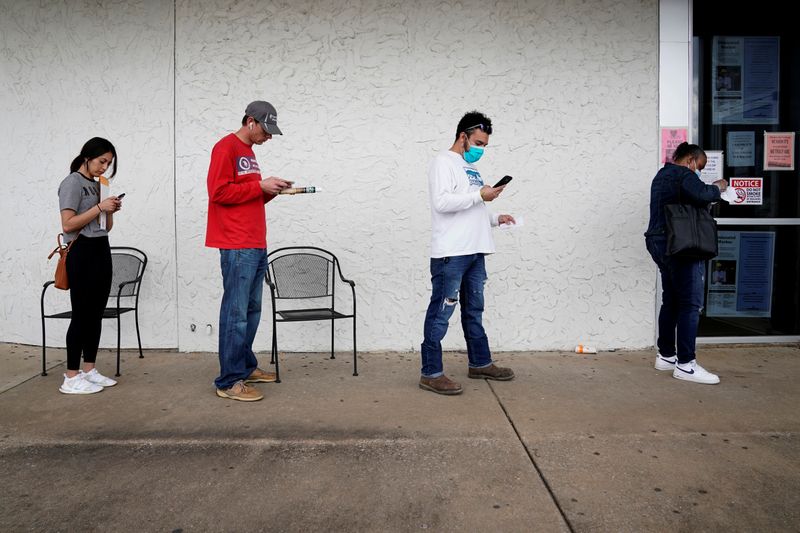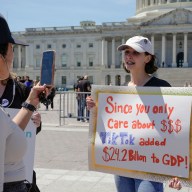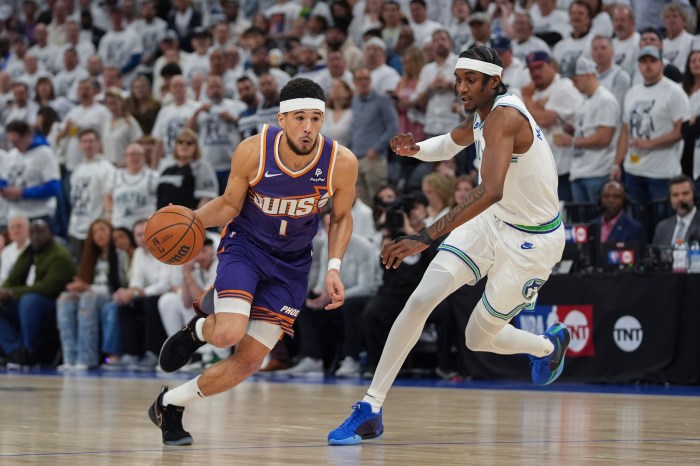(Reuters) – The gap in unemployment rates between Blacks and whites in the United States narrowed for the first time in five months in September, although largely for the wrong reasons.
After having mushroomed to the widest level in nearly six years over the summer, the jobless rate for Blacks dropped by 0.9 percentage point to 12.1% in September, from 13.0% in August, data from the U.S. Labor Department showed on Friday. The rate for whites dropped by 0.3 percentage point to 7.0%, from 7.3% a month earlier.
The overall U.S. unemployment rate fell more than expected last month to 7.9% from 8.4% in August.
The 5.1 percentage point gap was the narrowest since May, when it began widening as the job market’s recovery from record employment losses in March and April benefited whites far more than Blacks.
The racial gap in U.S. jobless rates has come under closer scrutiny in the months since the pandemic struck, exacerbating long-standing racial economic inequality. The focus on the inequality occurs against a backdrop of protests against police violence against Blacks, which has become a central issue in the U.S. presidential election campaign.
Black vs white unemployment: https://fingfx.thomsonreuters.com/gfx/mkt/xlbvgjdeqpq/Pasted%20image%201601642521767.png
At a glance, the faster drop in the Black jobless rate would appear welcome news, but a closer examination of the data points to a less heartening conclusion.
Nearly 200,000 African-Americans dropped out of the U.S. workforce last month, and 36,000 fewer Blacks over the age of 20 were employed than in August, providing further evidence that the COVID-19 recession is extracting a heavier toll on the Black community than on whites.
The racial discrepancy is starkest when looking at Black men aged 20 and over versus the same age bracket for white men. Last month, 313,000 more white men were employed than in August, while 84,000 fewer Black men had jobs.
Labor market changes by race and gender: https://graphics.reuters.com/USA-ECONOMY/JOBS/xlbpgjdqavq/chart.png
The pandemic ended a record-long U.S. economic expansion at a point when a tight labor market had begun delivering benefits to Blacks and other groups left behind in the earlier stages of recovery from the previous recession. In August 2019, the Black unemployment rate was a record-low 5.4%, and the gap with the white rate had been its narrowest ever at 2 percentage points.
The employment recovery that began in May has helped restore nearly 1.3 million jobs for African-Americans. Nonetheless, there are still 11.1% fewer Blacks working now than in February, before the pandemic struck the U.S. economy, while there are 6.2% fewer whites employed.
(Reporting by Dan Burns; Editing by Andrea Ricci and Leslie Adler)


















